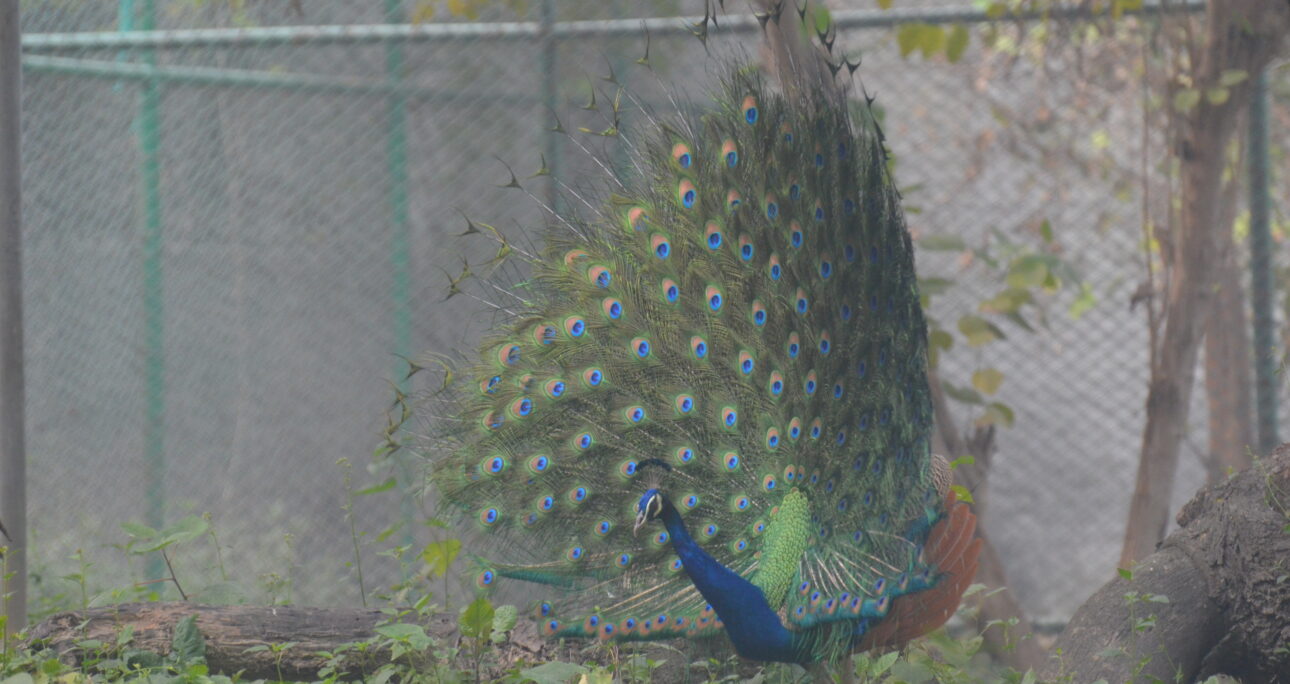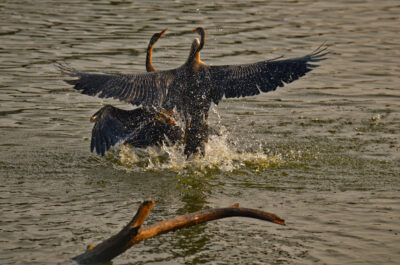Photography is an art that invites exploration, creativity, and the joy of capturing moments. For beginners stepping into this captivating world, mastering the basics sets the foundation for a fulfilling photographic journey. Here are some fundamental tips to kickstart your adventure into photography.
Know Your Gear
Becoming acquainted with your camera is the cornerstone of photography for beginners. Dive into understanding its settings, modes, and capabilities. Begin by grasping the essentials: aperture, shutter speed, and ISO. Aperture controls the depth of field, influencing background blur and focus; shutter speed determines motion freeze or blur, crucial for action shots or long exposures; ISO regulates the camera’s sensitivity to light, affecting image brightness and noise.
Starting with these fundamentals lays a solid groundwork. Experimentation with these settings in various scenarios helps cement their understanding. As proficiency grows, explore more intricate features like white balance, metering modes, or advanced shooting modes specific to your camera model. The process of gradually venturing into these complexities empowers a deeper comprehension of your camera’s potential, fostering confidence and creativity in capturing diverse scenes and moments.
Practice, Practice, Practice
Photography, like any art form, thrives on practice. The adage “practice makes perfect” rings true in honing your skills behind the lens. Experimentation is key; explore diverse compositions, angles, and lighting scenarios. Embrace the opportunity to capture moments regularly, whether it’s in familiar surroundings like your backyard or during strolls in your neighborhood.
Regular practice not only enhances technical proficiency but also nurtures a keen eye for detail. It encourages a deeper understanding of how light interacts with subjects, how framing alters perspectives, and how angles affect storytelling in an image. Through consistent practice, you’ll begin to recognize patterns, develop a personal style, and refine your creative vision. Each click of the shutter, whether seemingly mundane or spectacular, contributes to your growth as a photographer, fostering confidence and proficiency in capturing captivating moments.
Understand Composition
Compositional techniques serve as the artist’s palette in photography, elevating a simple scene into a compelling visual narrative. The rule of thirds, a fundamental guideline, divides the frame into thirds both horizontally and vertically, aligning key elements along these lines or their intersections, adding balance and interest.
Leading lines, whether natural or man-made, guide the viewer’s gaze through the image, creating depth and directing attention to the focal point. Symmetry, when well-balanced, evokes a sense of harmony, often found in architecture or natural patterns, imparting a visual appeal.
Framing utilizes elements within the scene to enclose the subject, drawing focus and providing context. Each of these techniques enhances visual storytelling, fostering a dynamic and engaging composition. Mastery of these compositional tools empowers photographers to transform seemingly ordinary scenes into captivating and aesthetically pleasing images that resonate with viewers on a deeper level.
Pay Attention to Lighting
Lighting stands as a cornerstone in photography, wielding the power to shape and define the essence of an image. Understanding and harnessing natural light is a skill that distinguishes great photographers. Learning to manipulate natural light enhances your ability to create stunning visuals.
Experimenting with varied lighting conditions—from the warm hues of golden hour to the stark contrasts of midday sunlight or the softer tones of overcast days—provides invaluable insights. Each lighting scenario influences mood, texture, and color rendition in distinct ways. Mastery of light empowers photographers to evoke emotions, create depth, and accentuate details, ultimately influencing the narrative within an image.
Learning to adapt and utilize different lighting conditions not only expands your technical repertoire but also grants artistic freedom. It enables you to transcend mere documentation, transforming ordinary scenes into evocative and impactful photographs that resonate with viewers.
Focus on Details
In photography, the beauty often resides in the minutiae—the delicate details that add depth and character to an image. Training oneself to observe these intricacies is akin to unlocking a hidden world within a frame. It’s about developing a keen eye for the subtleties that might go unnoticed.
The allure of details lies in their ability to tell stories within the broader narrative. From the texture of a weathered surface to the intricate patterns in nature, these details contribute to the overall visual impact. They infuse a photograph with authenticity, inviting viewers to immerse themselves in the scene, discovering nuances that enrich the storytelling.
Appreciating and capturing these small elements requires patience, curiosity, and a willingness to explore. Mastering this art allows photographers to create images that not only capture the essence of a moment but also offer a deeper connection, inviting viewers to pause, observe, and appreciate the intricate beauty woven into the fabric of the frame.
Edit Mindfully
Editing serves as a tool to refine and elevate the visual appeal of photographs, but moderation is key. Over-editing can detract from the authenticity and natural essence of an image. Beginning with subtle adjustments like exposure, contrast, and white balance allows for refining the overall look without compromising the original essence of the photograph.
Exposure adjustments control the brightness or darkness of an image, ensuring optimal visibility without losing details. Balancing contrast enhances the visual depth by distinguishing between light and dark areas, adding dimensionality. White balance adjustments correct color casts, ensuring accurate color representation.
Starting with these basic adjustments aids in fine-tuning the image to align with the intended mood and tone. Remember, the goal of editing is not to distort reality but to enhance and complement the essence captured in the original image. Practicing restraint and focusing on minimal yet effective edits ensures that the photograph retains its authenticity while benefiting from refined visual appeal.
Seek Inspiration and Learn
Engaging with the work of other photographers is a transformative journey in itself, offering a wealth of inspiration, knowledge, and fresh perspectives. Joining photography communities, immersing yourself in tutorials, books, and diverse resources cultivates a rich learning environment that nurtures growth.
Observing the work of accomplished photographers exposes you to diverse styles, techniques, and creative approaches. It broadens your visual vocabulary, igniting inspiration and sparking new ideas. It offers insights into composition, lighting, storytelling, and editing, enriching your understanding of the craft.
Participating in photography communities fosters a supportive network where experiences are shared, feedback is exchanged, and collaborations flourish. Tutorials and books serve as valuable guides, offering structured learning and in-depth knowledge.
The journey of learning in photography is perpetual, and each interaction with fellow photographers or resources adds layers to your skill set and artistic vision. Embrace this continuous learning process, for inspiration thrives in the exploration and appreciation of the work of others.
Experiment and Have Fun
Photography invites boundless creativity. Embrace experimentation, fearlessly exploring new techniques. Within this artistic realm, rules bend to your imagination. Each moment behind the lens is a chance to learn and create. Enjoy the process; relish every shot, whether a triumph or a lesson. Photography thrives on curiosity and innovation, urging you to push boundaries and craft your unique visual language. In this continuous journey of discovery, savor the freedom to experiment, evolve, and weave stories through the captivating artistry of the camera.
A photographer’s journey commences with an insatiable curiosity, a deep-seated passion, and an eagerness to absorb knowledge. These traits fuel the exploration into the captivating realm of photography. Embrace the foundational tips, using them as guiding lights on this exhilarating expedition. Consistent practice serves as the compass, steering toward mastery. Each click of the shutter becomes a step forward, refining skills and nurturing creativity.
Allow these principles to shape your path, but let your imagination soar beyond boundaries. Photography isn’t just about technicalities; it’s an expression of your unique perspective. Embrace failures as lessons, let successes fuel your motivation, and relish every moment of discovery. As you navigate this vibrant world, curiosity will be your greatest ally, propelling you to unravel new techniques, perspectives, and stories through the lens. So, set forth with an open heart, absorb all you encounter, and revel in the exhilarating journey that is photography.




